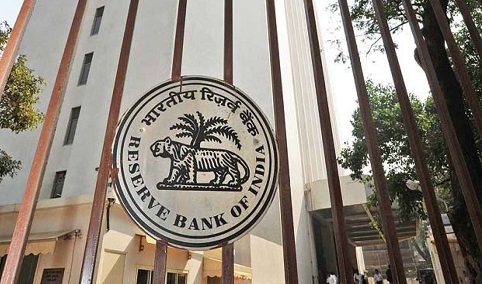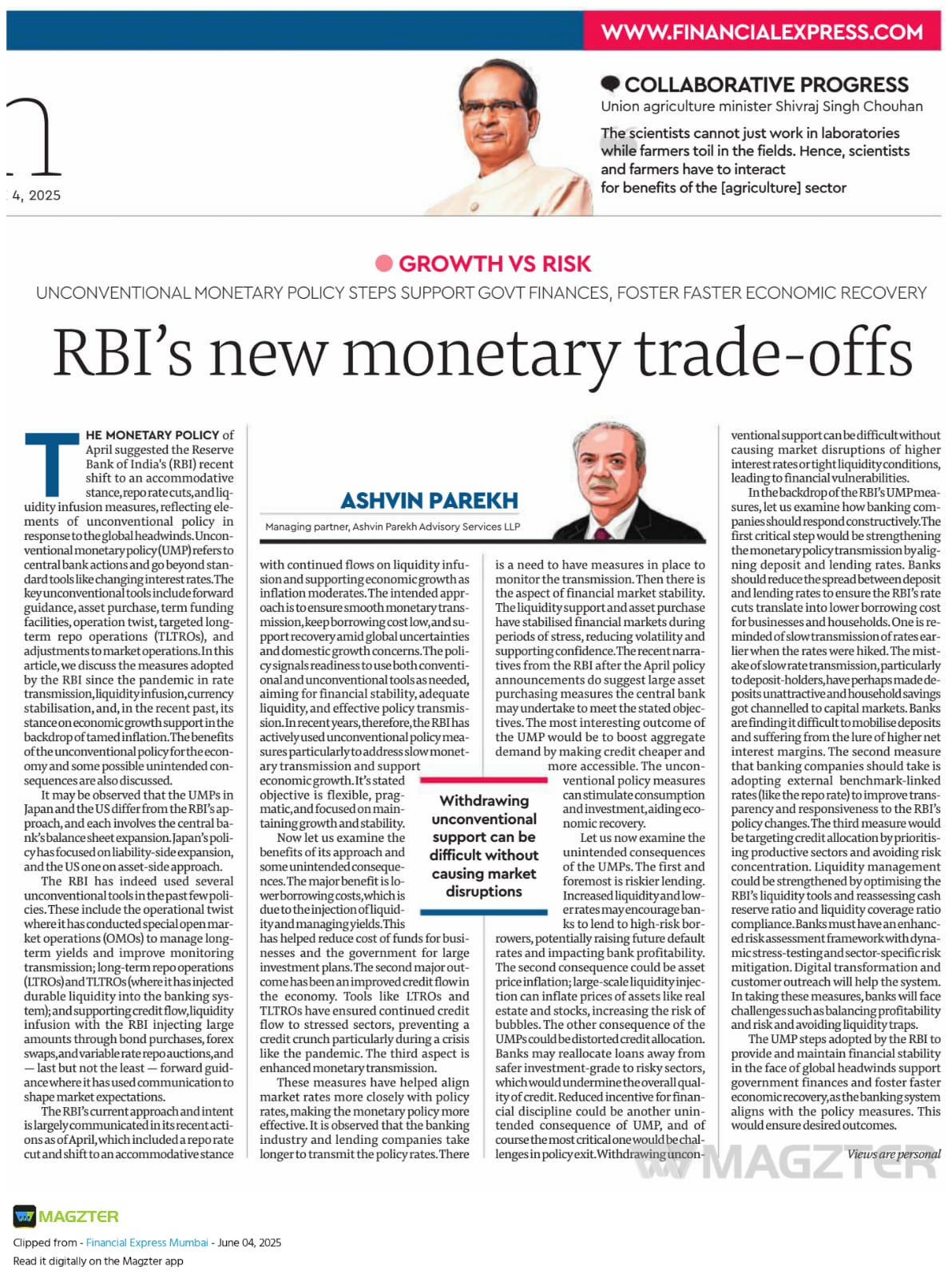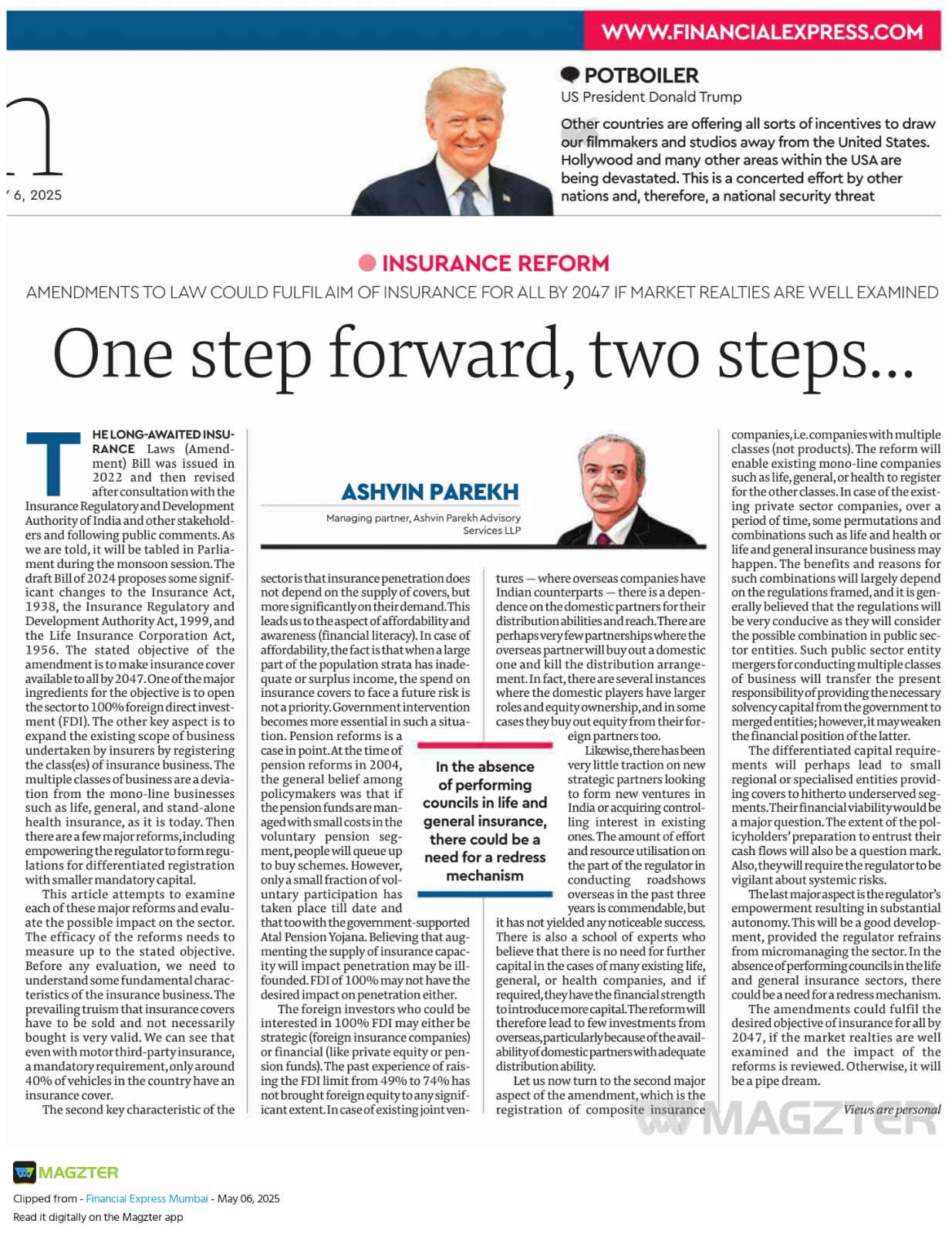by APAS Team
Share
by APAS Team
Share

Retail investors can finally invest in government securities (G-Secs) issued by the Reserve Bank of India (RBI). RBI’s retail direct platform was launched on November 12 amid much fanfare by Prime Minister Narendra Modi. After some credit events in highly rated bonds, it comes as a relief that retail investors can now access the risk-free G-Secs too.
Retail investors can invest a minimum of INR 10,000 and in multiples thereof in Central G-Secs (CG), State G-Secs (SG) and Treasury Bills (T-Bills) using the online portal (rbiretaildirect.org.in) by opening a Retail Direct Gilt (RDG) account with RBI. In the case of Sovereign Gold Bond (SGB), the minimum investment unit is 1 gram. The maximum investment limit per bid specified by RBI is INR 2 crore for CG/T-Bill and 1% for SG.
According to RBI sources, investors in SGBs, currently estimated at around 4.5 lakh, are expected to actively invest in G-Secs via RBI RDG, which is envisaged as a one-stop solution for retail investments in G-Secs.
This scheme has a lot of advantages. Onboarding is smooth and takes less than 10 minutes if you have all your details handy. Government bonds are risk free. There is no danger of default on payments as they are guaranteed by the Government of India. The 10-year G-Sec is the most popular in this category. However, G-Secs come in varying tenures, from 91-day T-Bills to 40-year bonds. You can choose the lower maturity securities to park near term money and use long dated maturity G-Secs for goals that come later. Interest is paid twice a year, which helps those who need a regular income. Since you would buy G-Secs directly, there are no intermediary charges.
There are also some disadvantages to this scheme. G-Secs may not have credit risk, but they come with duration or interest rate risk. Bond prices and interest rates have an inverse relationship and high rates pull down bond prices. To avoid interest rate risk completely, you need to hold the bond till it matures.
Small savings instruments (SSIs) pose the biggest challenge to the scheme. Interest rates on one year term deposits of an SSI are higher, as compared to the yields on G-Secs. This makes SSIs far more attractive than directly investing in G-Secs. SSIs are just as safe as G-Secs from a retail investor point of view.
One of the main concerns of this scheme is liquidity. When you want to sell, there should be a buyer. The price may come at a small discount. It entirely depends on the evolution in these bonds. Otherwise, it will become
RBI Retail Direct Scheme a buy and hold security. For a hold to maturity investor, it is like a fixed deposit (FD). On comparing the bank FD rates with G-Secs, one finds that the yields on G-Secs are attractive on the longer end of the curve.
From a tax perspective, financial planners believe that coupon bearing bonds are not tax effective and investing in mutual funds is far more effective, as the effective tax rate is in single digits. If you sell units after 3 years, you pay a long-term capital gains (LTCG) tax of 20% with indexation benefits. The indexation benefits reduce your cost price and you pay lower taxes. There are no indexation benefits if you sell G-Secs directly. Selling G-Secs directly after a year’s time will attract LTCG tax of 10% with no indexation benefits. Besides, in gilt funds, your interest gets reinvested and you get indexation benefits on that amount too. The best part is that the liquidity is assured.
According to Mr. Aashwin Dugal, Co-Chief Business Officer, Nippon Mutual Fund, “The intent of RBI allowing easy access to retail investors is to not only deepen bond market in terms of volume, but also stickiness through smaller tickets and wider participation. Other initiatives such as inclusion of Indian G-Secs as part of global indices and allowing NRI participation through these indices have been long on the anvil. However, in India, finer nuances relating to bond markets are yet to be understood by retail investors in entirety, including taxation (an advantage that mutual funds have). We might see more participation by HNIs to begin with. Having said that, such initiatives only serve to expand investor base for capital markets over the long term. And that is good news for everyone.”
According to Mr. Anupam Guha, Head, Private Wealth Management, ICICI Securities, “The RBI-RD was a much-needed offering for Indian retail market participants. It is expected to bring in depth in the Indian bond markets, specifically by increasing the participation. It should find its takers among people who invest in Bank FDs – for fixed and regular pay-outs in terms of interest. This facility offers exposure to sovereign risk at comparable or better yields. For large clients, however, in the absence of any tax incentives for any other bonds apart from the SGBs, debt MFs appear to be a more tax efficient way of allocation into debt markets. Traditionally, the secondary market liquidity in the Indian bond markets has been low and can result in higher impact cost as well, which again is managed by a fund manager in a debt MF. It can also make sense for investors targeting allocation to maturity matching papers in more liquid maturity (10Y for ex), whereby they will avoid the fund management fee. Unlike the current scenario, it will especially make for a case in a low inflation scenario, as the indexed cost is lower and the tax advantage through the debt MF route is reduced.”
The scheme comes at a time when interest rates have bottomed out and are expected to go up. Yields have already hardened over the last few months. Buying G-Secs now at low interest rates and locking them away for long tenures would be unwise.
The pickup in direct buying from individual investors remains muted. This may be attributed to the complexity of transacting and trading in bonds. The impact of interest rates on yields is also hard to grasp. While there is liquidity in certain maturities of G-Secs, others are not liquid enough. While cost is an advantage in going direct, without the ease of transaction, both at the time of buying and selling, it may take time for retail investors to warm up to this platform.
STAY IN THE LOOP
Subscribe to our free newsletter.
The slower economic growth caused by regulatory accumulation could well [...]
Navigating the Future of Consulting: The Role of Digital Transformation [...]



